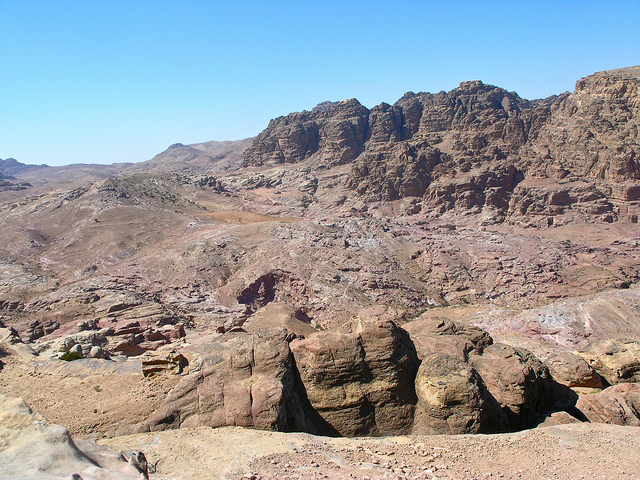
Modernizing rainwater harvesting for the dry areas
Although there is renewed interest in indigenous rainwater harvesting, traditional practices and technologies are rarely suitable or feasible. ICARDA is promoting a practical and cost-effective alternative that combines indigenous knowledge with mechanization to enhance effectiveness and strengthen resilience.
Although rainwater harvesting remains relevant, there have been few efforts in recent decades to modernize old practices, develop new ones, or create an enabling environment to unlock its full potential. Many rural communities have become overly attached to old practices and all too often the concept of rainwater harvesting is blamed for failure when in reality mismanagement and poor design are most at fault.
The limitations of rainwater harvesting
One key limitation is that the technical aspects of water harvesting structures – never simple and often complex – are usually implemented by unskilled labor. Laying ridges or contour lines is essential to the proper functioning of a water harvesting system, but this is a complicated procedure and requires special training. Proper site selection is also required. Failure to adequately tailor a method to site characteristics – topography, soil type, vegetation cover etc. – will result in failure.
In addition, the contextual environment in the drylands is increasingly unfavorable. The break-down in collective conservation systems, subsidized feed, and a corresponding increase in animal populations and overgrazing means that unless new legislation is introduced and existing institutions are reformed dry ecosystem restoration schemes will have limited success.
A practical and cost-effective approach
In an effort to overcome these constraints, ICARDA scientists worked with two communities in Jordan’s badia - Mhareb and Majdieh - to design, test, and promote a practical rainwater harvesting package. The package combines indigenous knowledge with mechanization and a contour laser guiding system to enhance the accuracy of ridges and bunds.
[Photo by Darren | Flickr]







